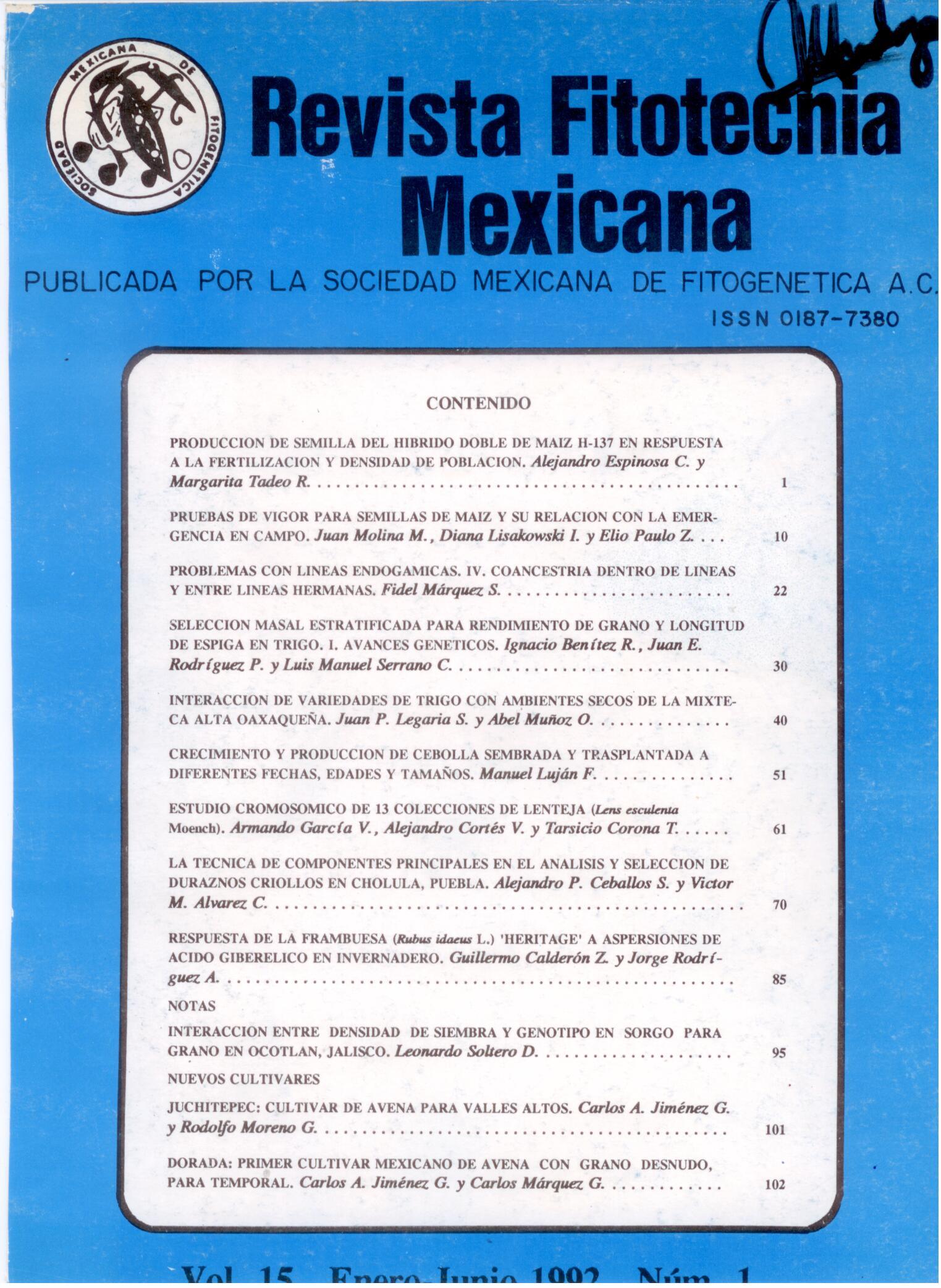VIGOR TESTS FOR CORN SEEDS AND THEIR RELATIONSHIP WITH THE EMERGENCY IN THE FIELD
Main Article Content
Abstract
Efficiency of several vigor tests to evaluate physiological quality of corn (Zea mays L.) was assessed, with respect to field emergence. Fifteen lots of corn seeds were tested; twelve of them of the hybrid AG-64A, two of the open pollinated variety EMPASC-152 oeste, and one of the open pollinated variety EMPASC-151 Condá. The following methodologies were applied: standard germination, first count, seedling length, cold test, modified cold test, accelerated aging test, and greenhouse and field emergence. It was observed that: 1) The efficiency of each test was associated with variety type and test calibration; 2) First count and seedling lenght did not
allow to detect differences among lots, and could not predict field performance; 3) Field performance showed greater correspondence with modified cold test, emergence in greenhouse and germination, and 4) Cold and accelerated aging tests were adequate to detect differences among lots, but association with field performance was poor.

